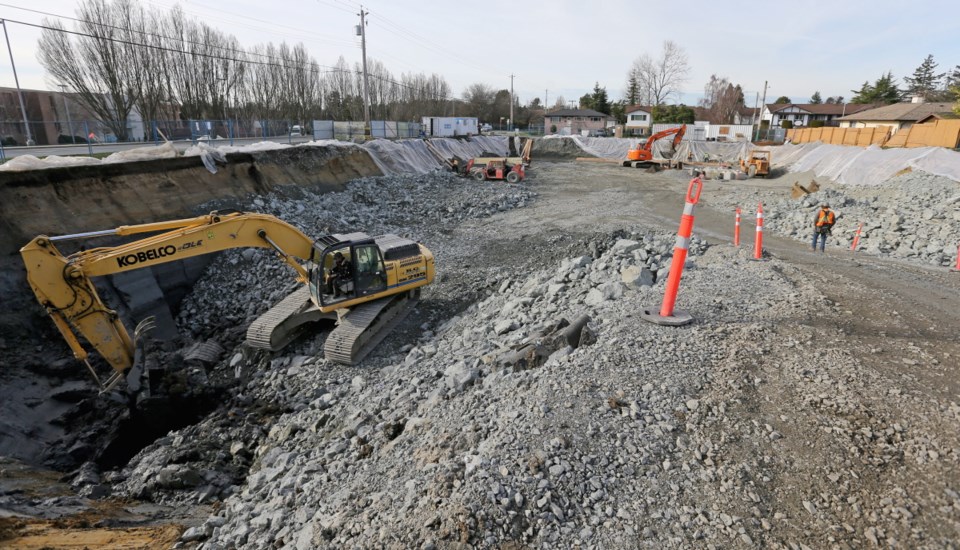Greater Victoria’s housing affordability took the biggest hit in the country in the fourth quarter of 2018, says a study by National Bank Financial.
In the capial region, the mortgage payment on a representative home, as a percentage of income, rose 4.4 percentage points to 86.2 per cent in the fourth quarter, compared to the same period in 2017. For condos, that measure rose to 49.3 per cent of income, an increase of 1.9 percentage points.
“The worst deteriorations in affordability in [the fourth quarter] were in Victoria, Toronto and Vancouver,” the study noted. “The only markets showing an improvement were Calgary and Edmonton.
“The [measure] in Victoria is at a cyclical high with the fourth- worst level of affordability since data collection began in 1990.”
The report also said affordability in Canada deteriorated for 14th consecutive quarter.
“Financing costs were up for a sixth consecutive quarter which marked the longest streak of rises since the period of 1999-2000,” the report said.
The report noted in Victoria it now takes 124 months to save up for a downpayment for a single-family home or townhouse, while it takes 50 months to save up for a condominium.
It also reported an annual household income of more than $156,000 is needed to afford a non-condo representative home, valued at $850,000, while an income of $89,207 is required for a representative condo valued at $485,937.
The situation is poised to deteriorate further in one part of Greater Victoria, as Saanich council intended to vote Monday night on adopting a new development cost-charge system for building in the municipality.
Councillors were expected to approve a new system that would increase development cost charges (fees charged to a developer to cover infrastructure improvements such sewage, transportation, water and park development) by as much as 180 per cent in some cases.
The previous system in Saanich varied by neighbourhood. The development charges in a some neighbourhoods ranged from a low of $2,192 for a single-family home or condo unit in a multi-family development to $18,351 per unit in others.
The average development charge per unit under that system was $4,809.
The proposed new rate, which would cover most of the municipality, is $13,498 for a single-family home and $7,624 per condo unit.
“They plan to increase the development cost charge by 180 per cent [compared to the previous average],” said Casey Edge, executive director of the Victoria Residential Builder’s Association.
Edge said the move would contradict the messaging heard around the region during the recent municipal election campaign. “During their election campaigns many of them talked about the importance of housing affordability and they have turned around and in the first three months of office increased the cost of housing,” he said.
Edge said between development cost charges adding as much as $8,000 to the cost of a new home and new Step Code requirements — an amendment to the B.C. Building Code to address energy efficiency — that could add another $20,000 to the bill, people will be priced out of the market.
“We have housing affordability issues that are significant. This will restrict development, and what is built will cost significantly more,” he said.



